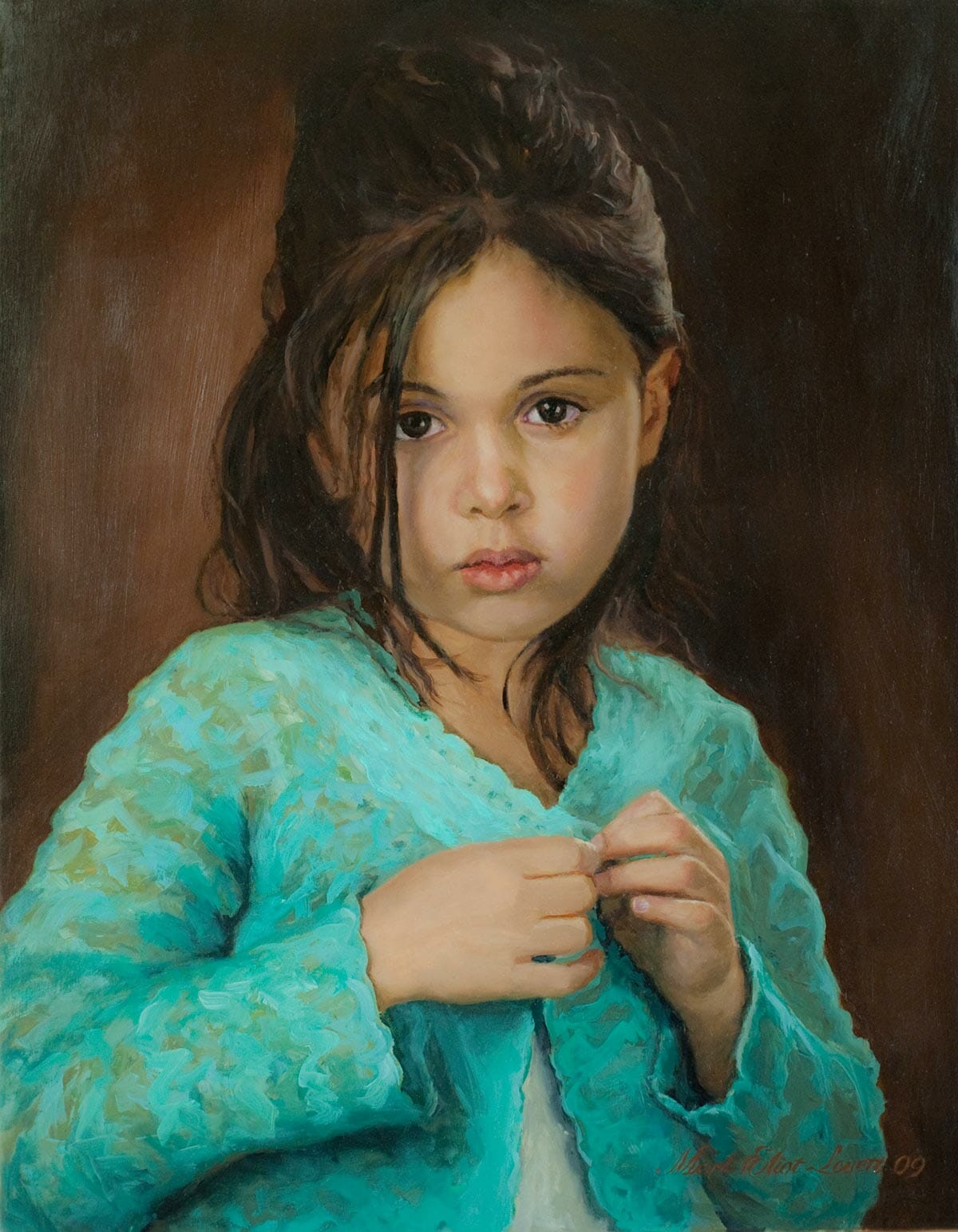

Ginevra is modeled with gradually deepening veils of smoky shadow-not by line, not by abrupt transitions of color or light. Still, the careful observation of nature and subtle three–dimensionality of Ginevra's face point unmistakably to the new naturalism with which Leonardo would transform Renaissance painting. The portrait is among his earliest experiments with the new medium of oil paint some wrinkling of the surface shows he was still learning to control it. Leonardo himself was only about six years older. She was the daughter of a wealthy Florentine banker, and her portrait-the only painting by Leonardo da Vinci in the Americas-was probably commissioned about the time of her marriage at age 16. Increasingly, as the works in this gallery demonstrate, painters strove to convey not simply physical appearance but personality and character as well: what Leonardo da Vinci called "the motions of the mind." The first such portrait we hear of was painted by Simone Martini for his friend Petrarch to capture the beauty and spirit of the poet's beloved Laura. Likenesses were also commissioned, as they are most often today, as a way to immortalize loved ones. Many aristocratic couples were "introduced" through images. Portraits of prospective brides were reviewed by rulers contemplating marriage. Portraits became part of the dynastic business of kingdoms and were deployed as statements of wealth and status. Men and women now sought "speaking likenesses" for a range of purposes for the first time since antiquity. Independent portraits, however, would have to await the man-centered worldview of the Renaissance. The earliest portraits had appeared in altarpieces, where tiny donors knelt in prayer to a central image of the Virgin or other holy personage. But by the time these paintings were made between about 14, a thousand years after the fall of ancient Rome, notions about identity and the individual had changed. Station in life, family and local affiliations, occupation-these were how people knew themselves and others. It has been suggested that physical appearance was not a particularly important element of self-image or even a primary means of identification in the Middle Ages. Only such figures as saints, the Virgin and child, and angels-or devils and the anonymous damned-were depicted in paint (although rulers, in imitation of Roman and Byzantine emperors, might put a generic profile on coins). It is hard to imagine a world without images of living people, but in western Europe portraiture had essentially disappeared with the collapse of Roman civilization.


 0 kommentar(er)
0 kommentar(er)
